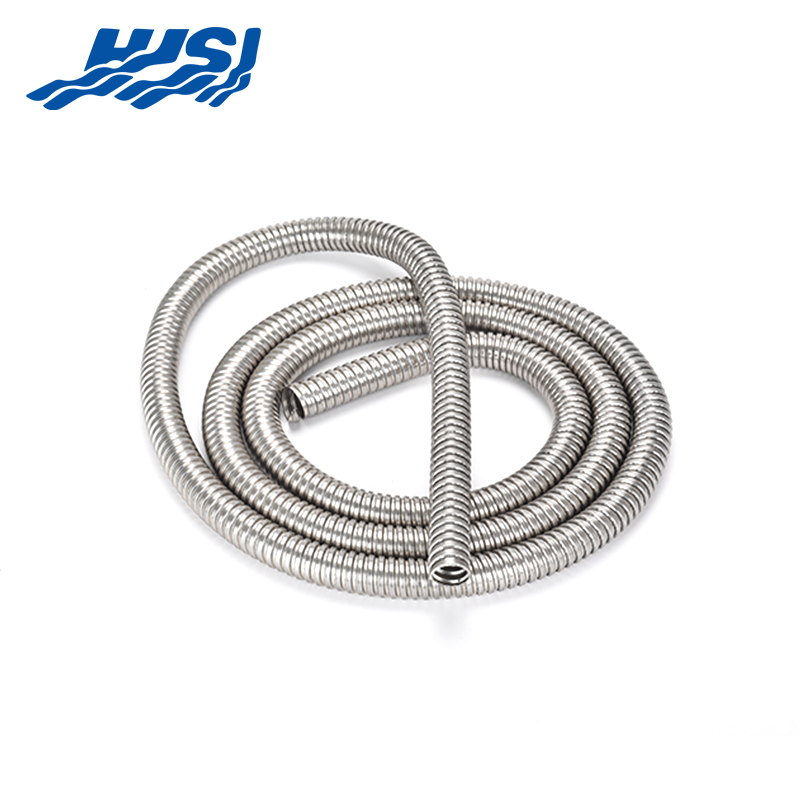In the electrical industry, conduits are essential for protecting and managing wiring systems. Among the various types of conduits available, corrugated metal conduit (CMC), electrical flexible metal conduit (EFMC), and electrical metal flex conduit (EMFC) stand out for their unique properties and applications.
Corrugated metal conduit is a flexible, liquid-tight conduit that features a series of ridges or corrugations along its length. This design enhances its flexibility and allows it to bend easily without kinking. CMC is typically made from steel or aluminum, providing good protection against physical damage and environmental factors such as moisture, chemicals, and temperature bads.

Electrical flexible metal conduit is a type of conduit that offers a high degree of flexibility and protection. It is made from a helically wound metal strip, which gives it its characteristic flexibility. EFMC is suitable for use in areas where frequent movement or vibration is expected, such as in machinery or equipment that experiences regular motion. This conduit is also resistant to corrosion and can withstand harsh environmental conditions.
Electrical metal flex conduit is a versatile and robust conduit option that combines the strength of metal with the flexibility needed for various electrical installations. It is similar to EFMC but may have additional features that enhance its performance in specific applications. EMFC is often used in commercial and industrial settings where a high level of protection is required, and the conduit may be subjected to physical stress. Its metal construction provides good shielding against external factors, making it a popular choice for applications involving high electrical currents or where electromagnetic interference (EMI) shielding is necessary.
CMC is often chosen for its ability to withstand harsh environments and provide a high level of physical protection. It is commonly used in outdoor applications, such as lighting systems, sign wiring, and in areas prone to water or chemical exposure. The corrugated design also allows for easier installation in areas with limited space, as it can be bent to fit around obstacles without compromising the integrity of the conduit.
EFMC's primary advantage is its flexibility, making it ideal for applications where the conduit needs to be frequently moved or adjusted. It is often used in mechanical and electrical equipment, as well as in automotive and marine applications. The helical construction of EFMC also provides a degree of protection against impact and vibration, ensuring the safety and reliability of the electrical connections.
EMFC is valued for its strength and flexibility, making it suitable for applications that require a high level of protection and durability. It is often used in industrial settings where the conduit may be subjected to physical stress or in environments with high levels of EMI. The metal construction of EMFC also provides good heat resistance, making it a good choice for applications involving high-temperature equipment or machinery.
The installation of these conduits requires adherence to specific guidelines and standards to ensure safety and compliance with electrical codes. CMC, EFMC, and EMFC can be installed using various methods, including pulling, pushing, and bending. Each type of conduit has its own set of installation good practices, which should be followed to avoid damage and ensure the longevity of the conduit.
Maintenance of these conduits is relatively straightforward, as they are designed to be durable and resistant to environmental factors. However, regular inspections should be conducted to check for signs of wear, corrosion, or damage. Any issues identified during these inspections should be addressed promptly to prevent potential electrical hazards.
In conclusion, corrugated metal conduit, electrical flexible metal conduit, and electrical metal flex conduit each offer unique advantages and are suited to different applications within the electrical industry.